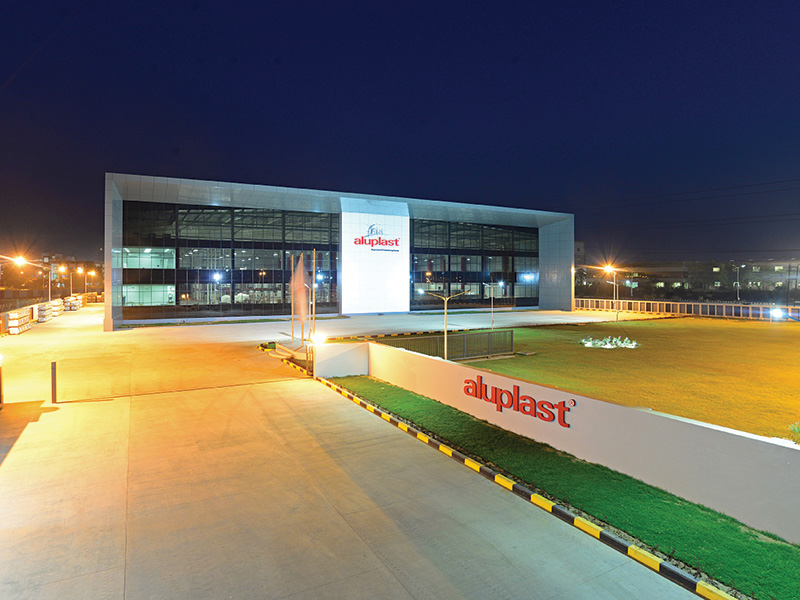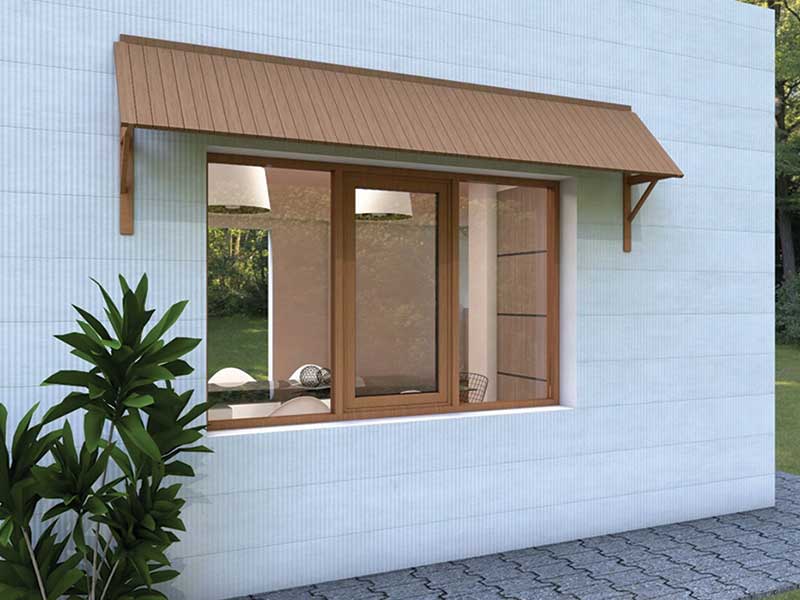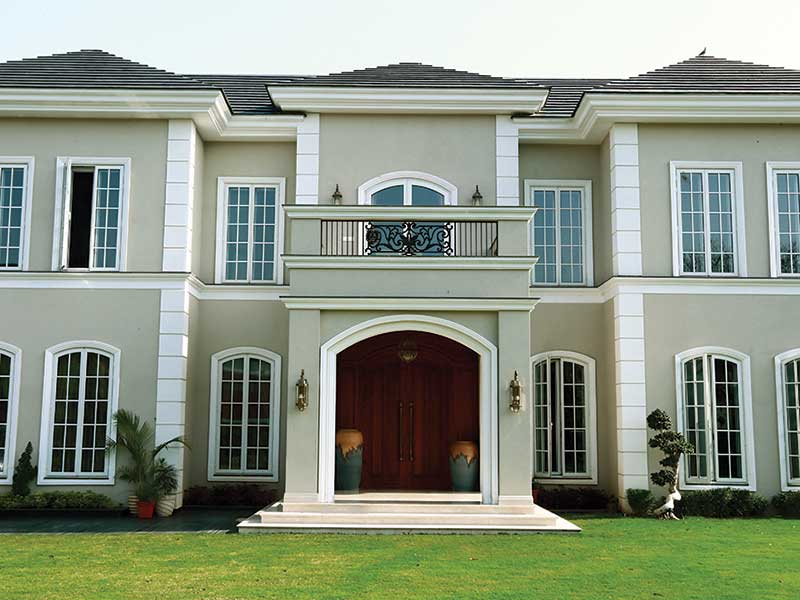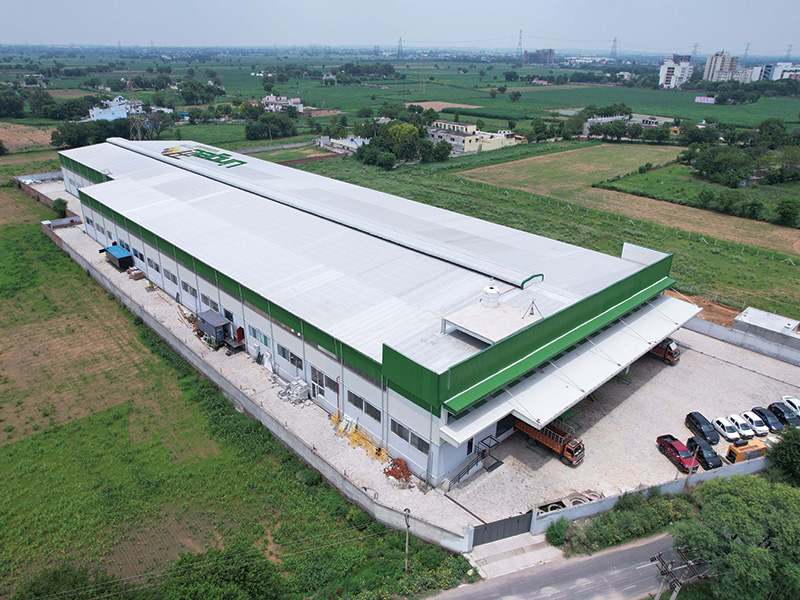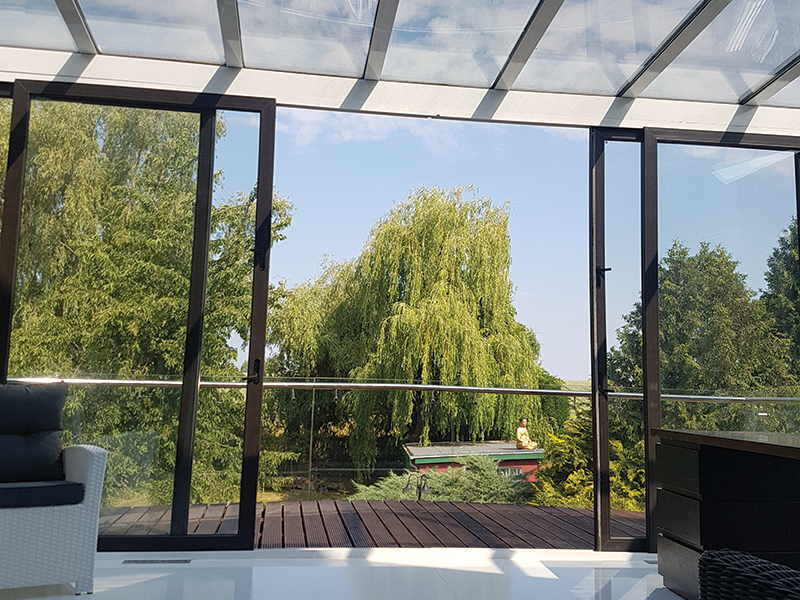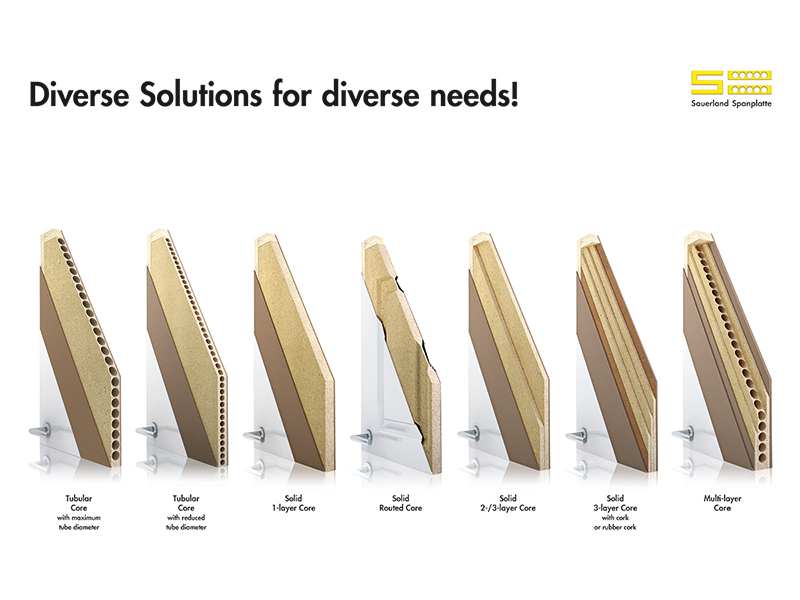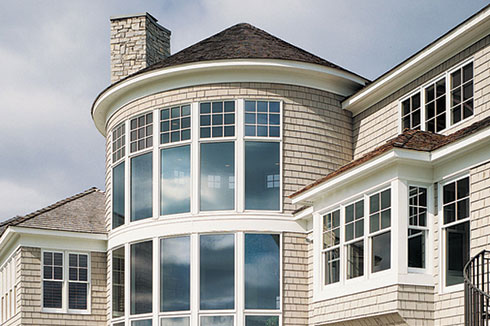
The last 50 years have seen radical changes in the field of development of windows. There has been continuous betterment in thermal insulation performance integrated with innovative methods of regulating solar heat and light transmission. Today, high-performance windows, incorporating features like improved frame materials, multiple panes, gas filling and insulation, have been developed which can drastically decrease energy consumption thereby the heating and cooling costs of a building. Such windows also provide acoustic insulation.
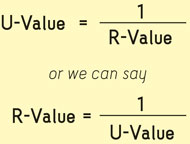
Designing and placement of windows can also influence the energy gain to a significant extent. Therefore, making the right decisions for them ultimately is vital to create a sustainable building. Energy efficiency of a window is the overall effect of radiant heat gain, heat transfer through conduction or convection and air leakage.

Some of the technologies for the construction of windows are as follows:
- Single Clear Glazing
- Low E Single Glazing
- Double Clear Glazing
- Low E Double Glazing
- Vacuum-glazed super glass
- Aerogel
Single Clear Glazing
These are the conventional glazing which we have been using for years. They permit the maximum transfer of heat. Wind may be stopped by them from entering the building but they are not energy efficient at all. If such windows are being used in your building and you want to have energy efficient rooms, then use the windows that you are going to read about next.Double Clear Glazing
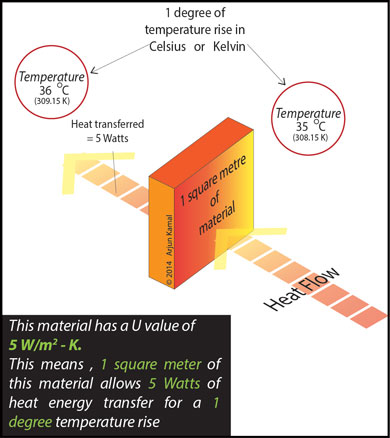
Low-E Glazing
Low-E glass incorporates a coating that minimizes the heat which is re-radiated. This coating, known as "spectrally selective glazing," got invented in the late 70s. It is transparent, as the name suggests for "selective" wavelengths of light. Whereas it behaves like a mirror for solar radiation having near infrared wavelength, reflecting it back to the exterior region. This type of radiation otherwise increases unwanted heat gain while allowing daylight transmission. This glass has an advantage over other tinted and solar reflective glazing, as it provides a higher level of visible light for a specific amount of solar radiation. Having a clear appearance and decent thermal properties, this low-e coated glass is suitable for both single and double glazing. In the latter, glass on the outer side has a low-e coating.
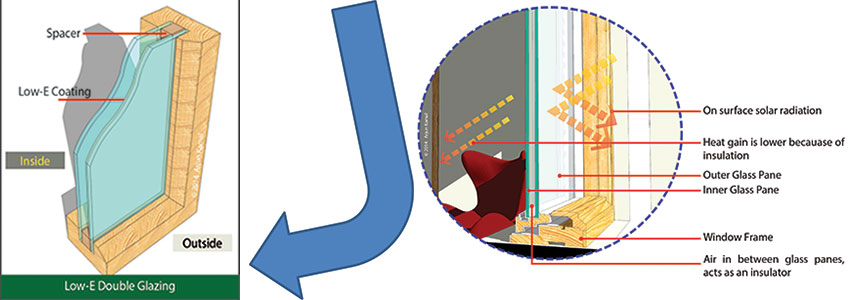
Gas-filled windows
Double clear glazing that come with an air cavity are definitely a lot better than a window having just a single pane of glass. Well, there's a catch. The air that is present in the former type creates a convective loop of hot and cool air revolving which lowers the efficiency of the window. Light air on the hot side of the window moves up, while on the cold side, air moves down because it's heavier. This results in a thermal conveyor belt sort of thing which helps seep heat in or out of the room. However, there's a solution for this. Inert gases like argon or krypton which are heavier than air have lower potential to create such convective loops. Hence, their insulating values are much higher. So, windows having these gases as a filling between the glass panes are much more energy efficient.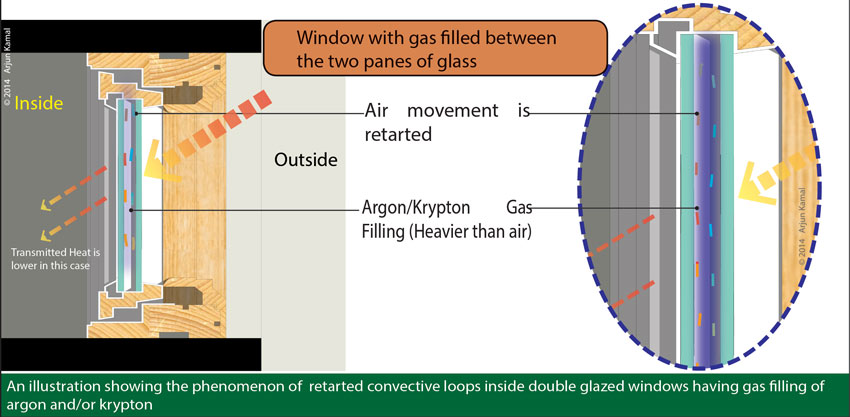
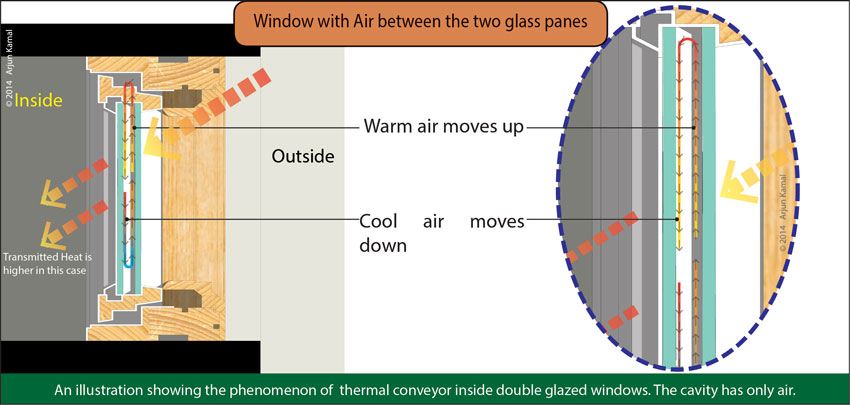
Vacuum-glazed super glass
High-insulation vacuum glass has been developed by researchers at US based Guardian Industries with a phenomenal R12-R13 insulation rating. Usually R12 rating is for a typical insulated brick and plaster walls. Glass typically has an R1 or R2 rating. So the people at Guardian Industries have made a breakthrough with a glass that provides as much insulation as a thick insulated wall. This glass has a 0.25mm space between two panes of glass that are vacuum sealed. This vacuum does the magic of mitigating the heat transfer. There is no matter, no gas, no air which can move up or down in this vacuum, or transfer heat.Aerogels
Aerogel has an edge over all the other materials because of its phenomenally low density and thermal conductivity. It is translucent and looks like a "solid smoke", one of the nicknames which it has earned because of its properties. It is also sometimes called as "frozen smoke," "solid air" and "blue smoke." This material was developed by NASA for aerospace purposes. Hence, it is pretty expensive with respect to a common user of construction materials. It has been in use for exclusively translucent purposes. Researches and experiments are still in progress to make them suitable for transparent application and mass production at low cost. Once this happens, it will take lead as the most effective solution for energy efficiency in the fenestration industry.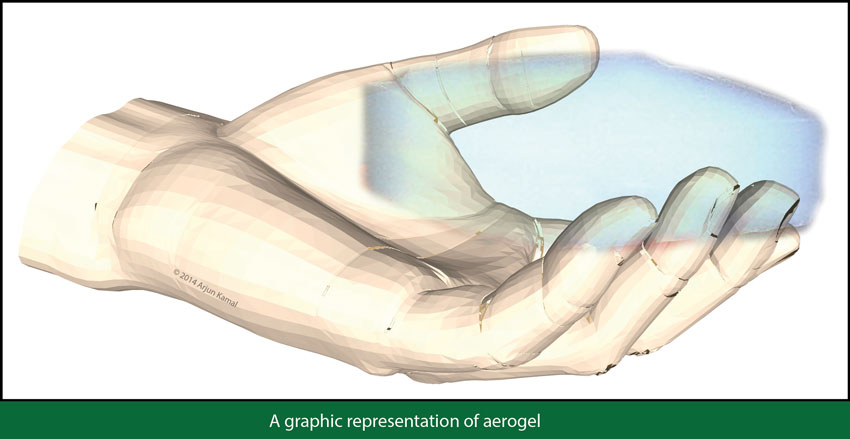
Another thing to be considered while choosing windows for energy efficiency is the frame material. Frames constitute almost one-third of overall bulk of a window. So you can very well understand their role in the insulation, longevity and strength of a window. The material that you'll use for frames, determines the heat which would be transmitted by conduction through it. The more heat a material absorbs, more it will radiate. If it is a bad conductor of heat, it is good for the window, because it would allow the least possible heat transmission. Wood is considered the worst conductor of it, but has a drawback. Moist wood is prone to decay. However, by applying suitable coatings, this shortcoming can be overcome easily, thereby leading to a longer life of your window frame. Before studying frames, a term that you should consider while studying the window frame material is its U-value (explained earlier), of course, and the phenomenon known as thermal bridging. It is a fundamental law of nature – heat always travels from high concentration to low concentration. And if there's a good conductor of heat present between these two areas of varying concentration, it acts as a "bridge". It allows for a better transfer of heat. This phenomenon is known as thermal bridging. While achieving energy efficiency, we have to stop this bridging to the maximum possible extent, using materials in the form of insulators.

Spacers
Spacer is a hollow strip of material located between the two window panes of a doubly glazed window. It maintains a uniform barrier between the two panels of the glass in a window.Till now, aluminium was being used as a spacer material. However, this material is a very good conductor of heat hence, it absorbs and transmits heat readily, making it a poor choice for an energy efficient window.
For reduced heat gains and losses, hybrid materials incorporating both metals and non-metals are used for making spacers. In comparison to aluminium, very less heat is conducted through these materials.
Insulation
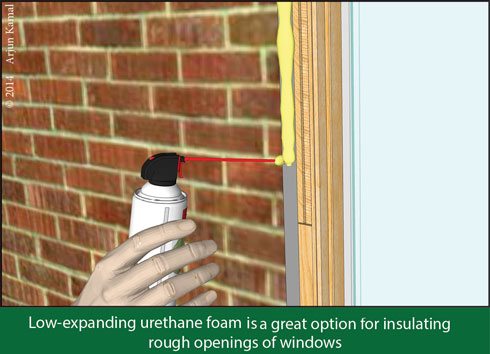
This is precisely the role of sealants. They "seal" these gaps, giving a full stop to infiltration.
Buildings account for one of the largest consumers of energy in the world. With energy efficient windows, this consumption of energy can be reduced to make better built environments which will affect the overall development of a country.
The types of windows listed above hold crucial importance in terms of energy reduction in buildings. Aerogel, though expensive today, holds the maximum potential in the fenestration industry to achieve energy efficiency. Who knows, maybe even better revolutionary technology than aerogels is in development that can change the face of energy efficiency in the field of fenestration forever.


